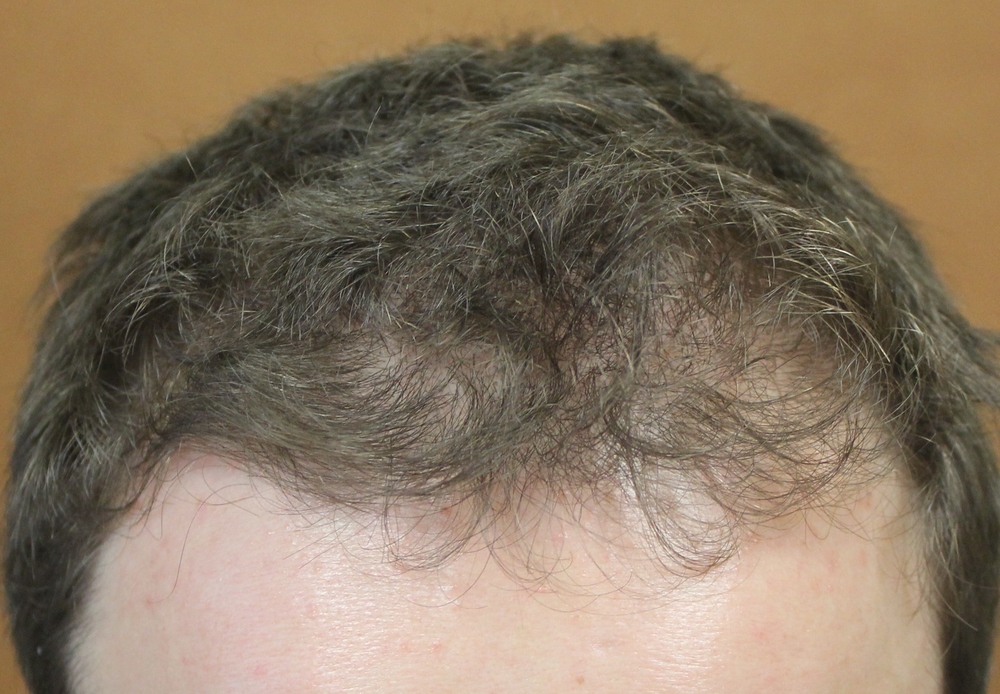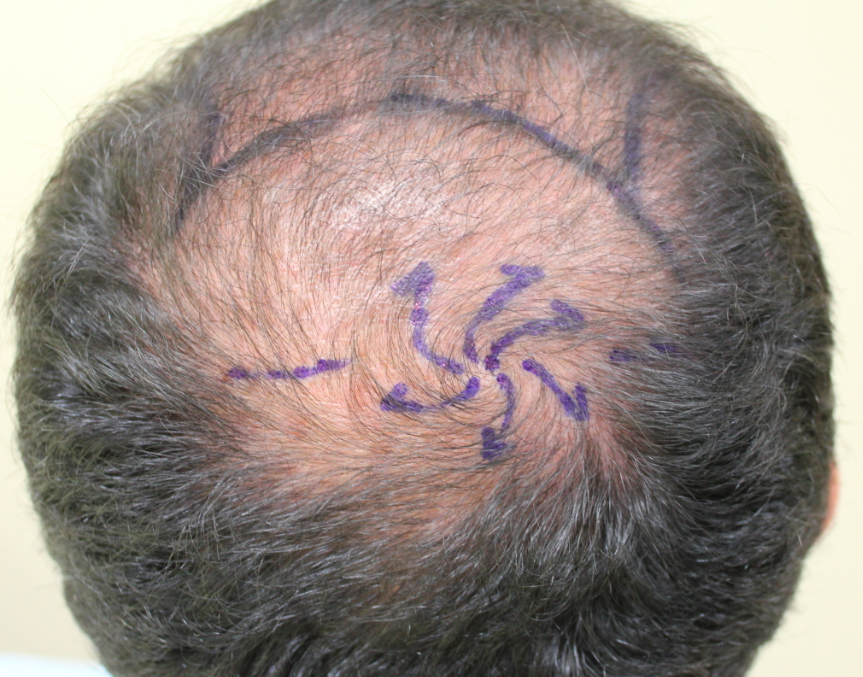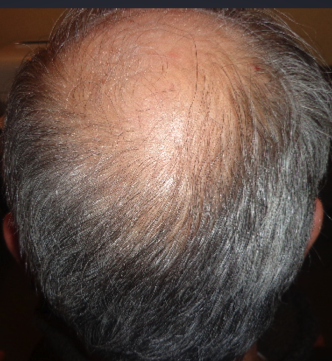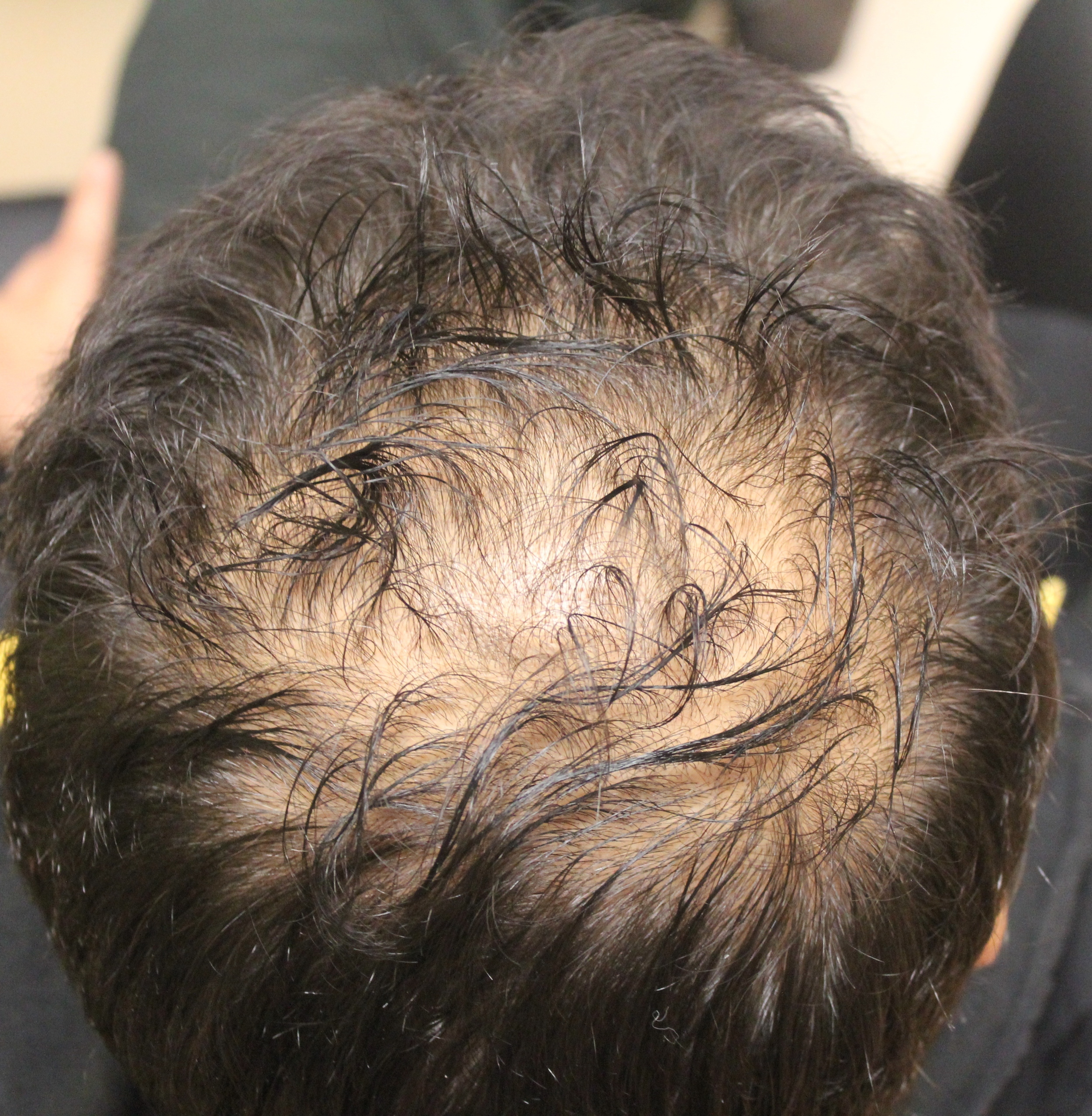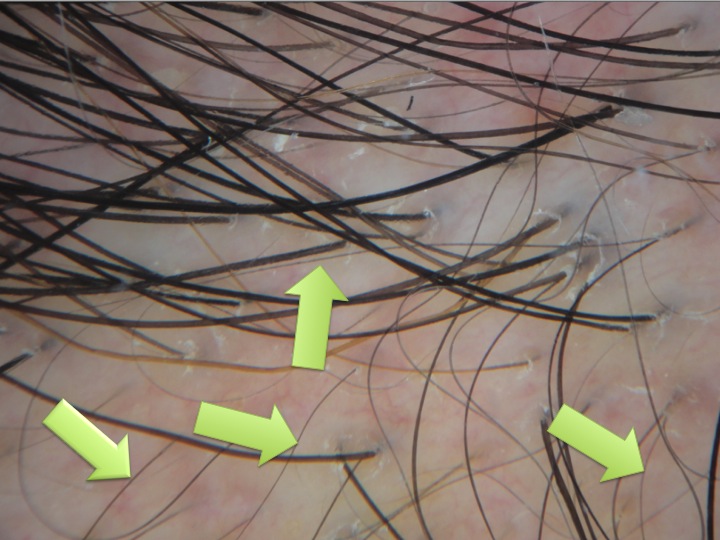Finasteride & Women
Finasteride is FDA and Health Canada approved for men with hair loss. Although it's not formally FDA approved for use in women, the medication has been prescribed to women with androgenetic alopecia for nearly two decades. When a physician prescribes finasteride for androgenetic alopecia in women, they are said to be using these medications in an 'off label' manner. The following is the key point about using finasterde for women : it's only prescribed on a case by case basis.
Polar Views on Finasteride Use
The public needs to understand there are many views among physicians on finasteride. There are some physicians that will never prescribe this medication to women - period. There are some physicians who will prescribe it only to post-menopausal women. There are some who will prescribe to some pre-menopausal and some post-menopausal women - but only on a case by case basis - and only with full counselling of risks and benefits.
Much of the concern around use of finasteride in pre-menopausal women stems from the significant harm that would come to any fetus that was born to to a mother who used finasteride during pregnancy. These risks and real - and serious. Finasteride is given the highest category of risk during pregnancy - so called "category X." Women who are pregnant or who could become pregnant must never use finasteride.
The other concern that some physicians have pertains to cancer risk. To date, we actually don't have any good evidence to suggest that finasteride increases a woman's risk of cancer. In fact, reasonably well conducted studies in men would suggest that breast cancer risk is not increased. Good studies have not been done in women. However, women with strong histories of estrogen dependent cancers (breast, ovarian, gynaecological cancers) should also review use of finasteride with their doctors. In some cases, use may not be appropriate. I'll discuss other side effects below.
Does Finasteride Help Genetic Hair Loss in Women?
So does it help women with genetic hair loss? Studies from nearly two decades ago said no. A study by Dr vera Price and colleagues in 2000 suggested a 1 mg dose in post menopausal women did not help androgenetic alopecia. But just 2 years later, in 2002, Shum and colleagues presented 4 women (2 pre and 2 post menopausal) who did respond to a higher dose of finasteride - this time 2.5 mg finasteride. All 4 women had hyperandrogenism (one or more of elevated hormones, hair on the face, infertility issues). This refueled interest in the role of finasteride for women.
In 2006, Dr Iorizzo and colleagues from Bologna, Italy published a study which further renewed interest in the use of finasteride for the treatment of female pattern hair loss. Iorizzo and colleagues looked at the benefit of finasteride at a dose of 2.5 mg in 37 women diagnosed with female pattern hair loss. All women in the study were also using a birth control pill to prevent pregnancy. After 12 months of follow up, 62 % of women using finasteride had an improvement in hair density. 13 patients (30 %) hair loss had stabilized - it did not get worse but did not improve. Only 1 of 37 patients experienced a worsening of their hair density.
What are the side effects of finasteride in women?
I'm often asked about the range of side effects that are possible for women who use finasteride. Side effects of finasteride in women include, but are not limited to: harm to a fetus (finasteride can not be used in pregnancy), fatigue, weight gain, depression, anxiety, decreased libido, sexual dysfunction, hair shedding, breast tenderness, breast enlargement. Other side effects can occur but are less common. These include changes in platelet counts and muscle injury (myopathy).
Reference
Iorizzo M1, Vincenzi C, Voudouris S, Piraccini BM, Tosti A. Finasteride treatment of female pattern hair loss. Arch Dermatol. 2006.
Shum et al. Hair loss in women with hyperandrogenism: Four cases responding to finasteride. Journal of the American Academy of Dermatology 2002; 47: 733-9
Bird ST et al. Male breast cancer and 5 alpha reductase inhibitors finasteride and dustasteride. J Urology; 190:1811-4

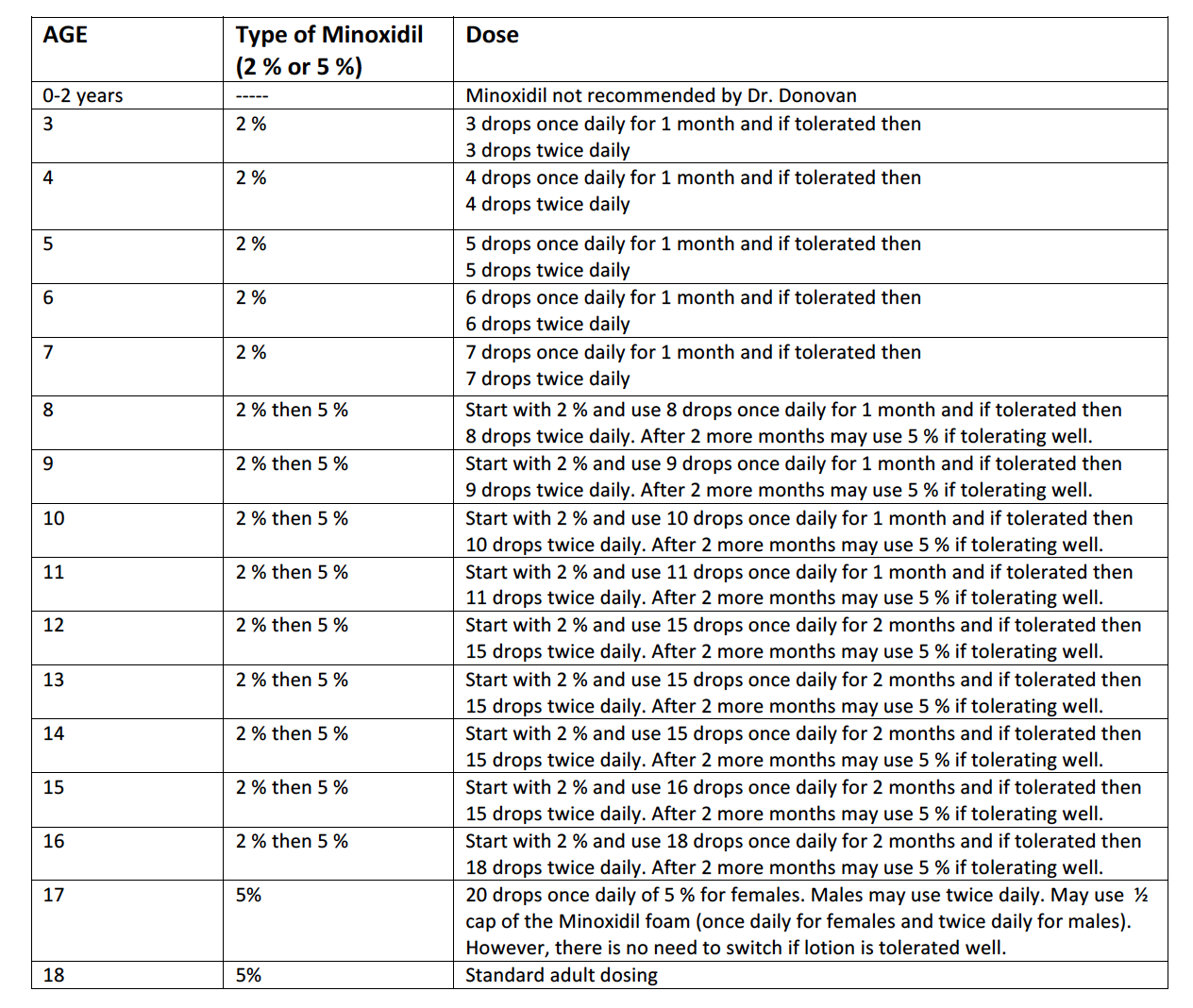


![mature%20and%20balding[1].jpg](https://images.squarespace-cdn.com/content/v1/5243dccde4b08fd9e4fc92ef/1381296519700-CV7E2TO9YL5WSSBWOS9F/mature%2520and%2520balding%5B1%5D.jpg)
